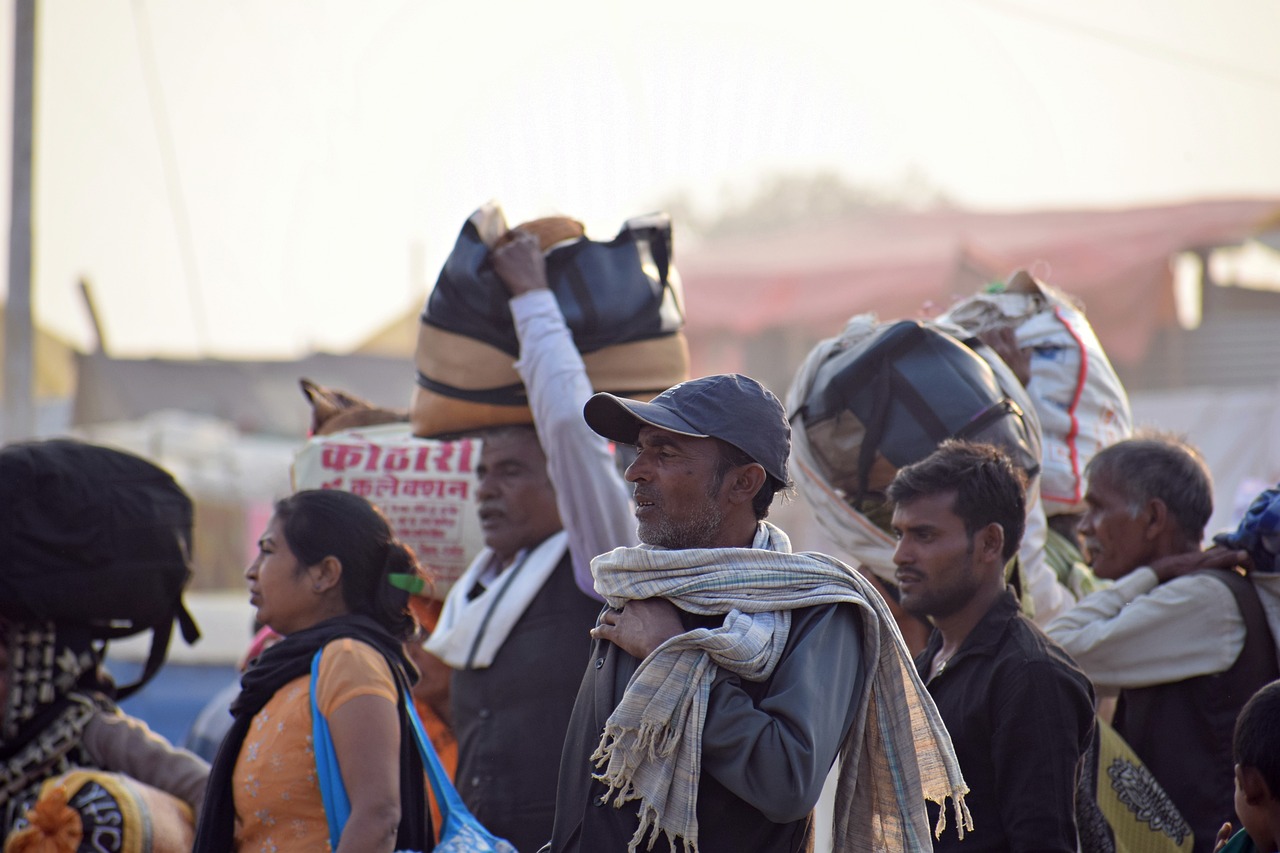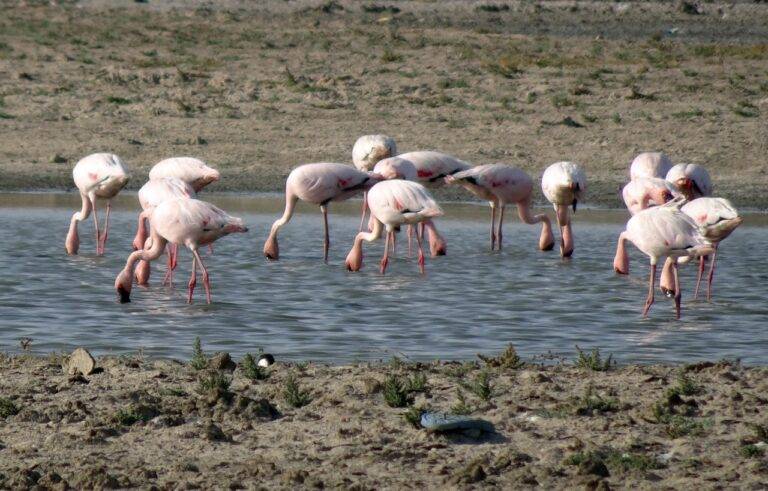The Impact of Weather on Election Day
Voter turnout in elections is influenced by a multitude of factors. One significant factor is the competitiveness of the race. When there is a close contest between candidates, voters are more likely to feel that their vote can make a difference, leading to higher turnout. Additionally, the presence of compelling and inspiring candidates can motivate more people to show up at the polls.
Furthermore, the accessibility of polling stations plays a crucial role in voter turnout. Long lines, limited polling locations, and restrictive voting laws can deter individuals from participating in the electoral process. On the other hand, initiatives such as early voting and mail-in ballots can enhance accessibility and convenience, resulting in increased voter turnout.
Historical Examples of Weather Influencing Elections
The impact of weather on elections has been demonstrated throughout history, with various instances showcasing how unexpected weather conditions can influence voter turnout and ultimately election results. During the 1840 Presidential election in the United States, severe weather in the form of a strong snowstorm swept through multiple states, leading to widespread transportation disruptions and hindering voters from reaching polling stations. As a result, voter turnout was significantly lower in areas affected by the snowstorm, affecting the outcome of the election.
Another notable example of weather affecting elections took place in the United Kingdom during the 1979 general election. Unseasonably warm weather on polling day coincided with a nationwide public transportation strike, causing logistical challenges for voters to travel to polling stations. The combination of these factors had a noticeable impact on voter turnout, with some constituencies experiencing lower participation rates than expected. This unexpected weather event demonstrated how external factors beyond campaign strategies can play a significant role in electoral outcomes.
Effect of Weather on Campaign Strategies
Inclement weather can have a significant impact on campaign strategies. When faced with rainy or snowy conditions, outdoor campaign events may need to be rescheduled, relocated, or adapted to suit the weather conditions. Candidates and their teams need to be flexible and proactive in adjusting their campaign schedules to maximize voter outreach while minimizing the negative effects of unfavorable weather.
Moreover, extreme weather conditions such as heatwaves or severe storms can disrupt communication channels between the candidates and the voters. In such cases, campaigns may need to rely more heavily on digital outreach, social media platforms, and other virtual means of connecting with voters. Adapting to these challenges is crucial for a successful campaign, as maintaining a strong and consistent presence in the public eye is paramount for winning over undecided voters.





